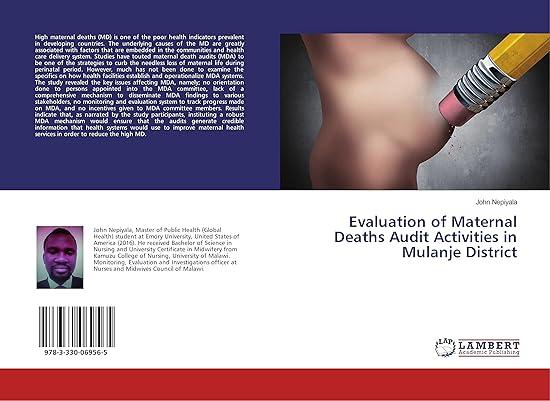Question
On March 31, 2016, Bundy Company retired $10,540,000 of bonds, which have an unamortized premium of $590,000, by paying bondholders $10,345,000. What is the amount
On March 31, 2016, Bundy Company retired $10,540,000 of bonds, which have an unamortized premium of $590,000, by paying bondholders $10,345,000. What is the amount of the gain or loss on the retirement of the bonds?
$195,000 loss.
$395,000 loss.
$195,000 gain.
$785,000 gain.
On January 1, 2016, Tonika Company issued a five-year, $10,000, 6% bond. The interest is payable annually each December 31. The issue price was $9,590 based on an 7% effective interest rate. Tonika uses the effective-interest amortization method.
The 2017 interest expense is closest to:
$580.
$600.
$575.
$676.
On July 1, 2017, immediately after recording interest payments, Salsa, Inc. retired one fifth of its $514,000 of bonds payable for $98,900. The bonds were originally issued at par value in 2012. Which of the following statements is correct?
A gain of $3,900 will be reported on the income statement.
A gain of $415,100 will be reported on the income statement.
A loss of $3,900 will be reported on the income statement.
Stockholders equity is not affected by the bond retirement.
On January 1, 2016, Tonika Company issued a four-year, $10,000, 8% bond. The interest is payable annually each December 31. The issue price was $9,676 based on an 9% effective interest rate. Tonika uses the effective-interest amortization method.
The book value of the bonds as of December 31, 2016 is closest to:
rev: 10_08_2016_QC_CS-64487
$9,747.
$9,605.
$71.
$8,876.
On January 1, 2016, Tonika Company issued a six-year, $10,000, 8% bond. The interest is payable annually each December 31. The issue price was $9,552 based on an 9% effective interest rate. Tonika uses the effective-interest amortization method.
The interest expense on the income statement for the year ended December 31, 2016 is closest to:
$9,678.
$9,712.
$860.
$9,767.
On January 1, 2016, a company issued $400,800 of 10-year, 12% bonds. The interest is payable semi-annually on June 30 and December 31. The issue price was $415,153 based on a 10% market interest rate. The effective-interest method of amortization is used. Rounding all calculations to the nearest whole dollar, what is the interest expense for the six-month period ending June 30, 2016?
$20,758.
$24,048.
$24,909.
$20,040.
On January 1, 2016, Broker Corp. issued $2,400,000 par value 11%, 11-year bonds which pay interest each December 31. If the market rate of interest was 13%, what was the issue price of the bonds? (The present value factor for $1 in 11 periods at 11% is 0.3173 and at 13% is 0.2607. The present value of an annuity of $1 factor for 11 periods at 11% is 6.2065 and at 13% is 5.6869.)
$2,400,000.
$2,697,913.
$2,262,832.
$2,127,022.
During 2016, Patty's Pizza reported net income of $3,212 million, interest expense of $187 million and income tax expense of $2,372 million. During 2015, Pattys reported net income of $2,568 million, interest expense of $183 million and income tax expense of $2,424 million. The times interest earned ratios for 2016 and 2015, respectively, are closest to:
30.86 and 28.28 times.
28.28 and 30.86 times.
28.86 and 26.28 times.
29.86 and 27.28 times.
On January 1, 2016, Tonika Company issued a four-year, $11,700, 7% bond. The interest is payable annually each December 31. The issue price was $10,918 based on an 8% effective interest rate. Tonika uses the effective-interest amortization method. Rounding calculations to the nearest whole dollar, which of the following journal entries correctly records the 2016 interest expense?
| Interest expense | 997 | |
| Bond discount | 178 | |
| Cash | 819 |
| Interest expense | 819 | |
| Cash | 819 |
| Interest expense | 763 | |
| Bond discount | 56 | |
| Cash | 819 |
| Interest expense | 873 | |
| Bond discount | 54 | |
| Cash | 819 |
A Company retired $670,000 of bonds, which have an unamortized discount of $27,000, by repurchasing them for $670,000. What is the amount of the gain or loss on the retirement of the bonds?
There was a $27,000 gain.
There was a $27,000 loss.
There was a $670,000 loss.
There was no gain or loss.
Step by Step Solution
There are 3 Steps involved in it
Step: 1

Get Instant Access to Expert-Tailored Solutions
See step-by-step solutions with expert insights and AI powered tools for academic success
Step: 2

Step: 3

Ace Your Homework with AI
Get the answers you need in no time with our AI-driven, step-by-step assistance
Get Started


